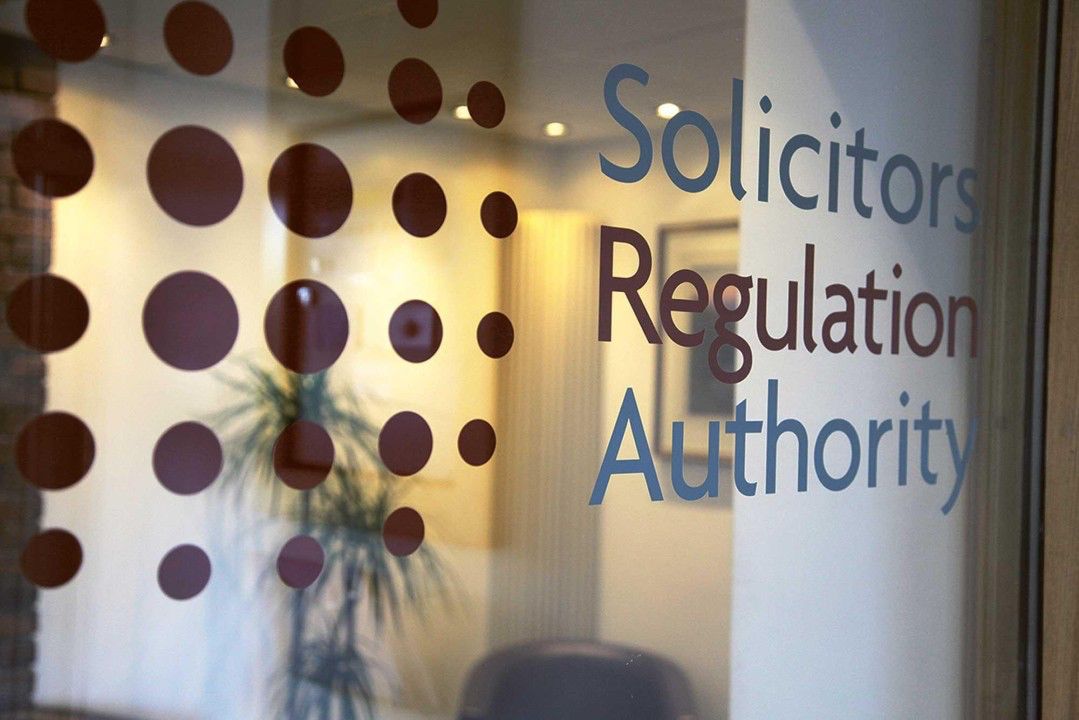The relentless evolution of the global financial landscape rolls out both opportunities for legitimate business activities and unsavory prospects for financial criminality. The fight against these illegal activities relies on the complex system of Anti-Money Laundering (AML) safeguards.
For law firms, it is all about spotting the signs and staying alert. It is essential lawyers, when completing due diligence and compliant checks on potential clients, they spot the AML red flags. In an era where regulatory scrutiny has never been more intense, spotting and understanding the significance of these red flags is a compliance necessity.
The Significance of AML Red Flags
Money laundering is a complex process that involves moving illicit funds through the legitimate financial system. Red flags serve as warning systems in financial institutions, detecting potential signs of money laundering. These signals, both obvious and hidden, are often spread across multiple transactions, making each individual part appear harmless. However, when connected, they form a web of suspicion that compliance professionals must unpack.
Red Flags to Watch Out For
In the ongoing fight against money laundering, there are consistent warning signs that are always suspicious. From secretive customers to questionable transactions, the following indicators are key focal points in the vigilant AML landscape.
1. New Clients Shunning Personal Contact
A client who keeps their personal and business information secret raises an instant red flag. They avoid interaction, claiming privacy, but a compliance officer sees it as a suspicious attempt to hide potential criminal activities.
2. Transactions Unusual in Nature
Money launderers are not known for their subtlety when procuring their trade. They make payments inexplicably large, summon forth third-party financiers, and maneuver through an array of domestic and international accounts, flagging their movements as erratic within the customary patterns of transactions.
3. Obscure Sources of Funds
Detecting the origin of funds is an extremely challenging task when dealing with money launderers. Their lack of transparency means that the source of significant funds is either non-existent or hidden, creating highly suspicious transactions.
4. Suspicious Transactions with Undefined Features
Money laundering transactions differ from typical financial activities, varying in size, intensity, or frequency. This departure from normal routes raises suspicion about their true intentions.
5. Geographic Movements
Movement of funds across a variety of different geographical locations is often a ploy devised to confound investigators. Moving swiftly through the financial systems of countries with high risks of money laundering, the transactions carry significant implications.
6. The Involvement of a Politically Exposed Person
The power corridors are a complex terrain for money laundering, where influential individuals engage in corruption and illicit financial activities. The involvement of these ‘Politically Exposed Persons’ in financial transactions is often a sign of potential money laundering.
7. Beneficial Ownership Not Confirmed
Complex business hierarchies could be a screen for illicit activities. The Ultimate Beneficial Owner is the person who owns or manages the company. An unclear and complex structure alongside potential shell companies is likely a sign of covering up criminal activities if the ultimate beneficial owner is not confirmed.
8. High Risk Jurisdictions
Certain industries and jurisdictions attract illicit funds that circulate through the criminal undercurrents of the financial world. Engaging in transactions with or through these regions raises a clear warning sign.
9. World Wide Sanctions
It’s crucial for companies to regularly check international sanctions lists to make sure their customers are not sanctioned or involved in transactions with sanctioned entities. As shown by Russia’s invasion of Ukraine, these lists can change, therefore, firms must have a real-time strategy in place to effectively manage rapid changes.
10. Adverse Media Concerns
When a speculation is rife and there is a negative media presence around a client, it can become a notable AML red flag. Negative press adds complexity to transaction scrutiny by introducing intricate narratives of financial misconduct.
AML Compliance is an Ongoing Challenge for Law Firms
With AML red flags regularly changing, remaining compliant remains a challenge for law firms. Lawyers and law firms face a daily challenge of remaining compliant within the regulations set by the authority figures.
However, firms are adapting to the challenges and are crucially on top of the changes in both AML red flags and regulations. There are solutions out there that law firms are utilising including innovative technology. Technology is having a major influence on the legal sector by offering innovative solutions to daily challenges and allowing law firms to streamline their processes.
Verify 365 is a prime example of a legal tech product making a difference within the legal sector. An innovative client onboarding platform, Verify 365 allows lawyers and law firms complete compliant identity checks within minutes using our Biometric Dynamic ID verification software. In addition to this, the platform allows lawyers to complete compliant company and source of funds checks, ensuring you have an effective AML solution in place.
Verify 365 is allow firms to streamline their processes, ensuring all the information they need is in one place. Completing compliant checks and due diligence is much easier and crucially, adhering to the necessary regulations and solving the problems AML brings.
It’s Crucial to Spot the Signs
AML is a daily challenge many firms face within the legal sector and it’s vital to spot the red flags and acknowledge when something doesn’t feel. Completing compliant checks and due diligence is essential to any efficient law firm and having structures to deal with is is equally important.
With regulations regularly being updated, those red flags will always be there so it’s essential to stay on top and more importantly, ensure your processes are effective against AML and the solution is in place.






